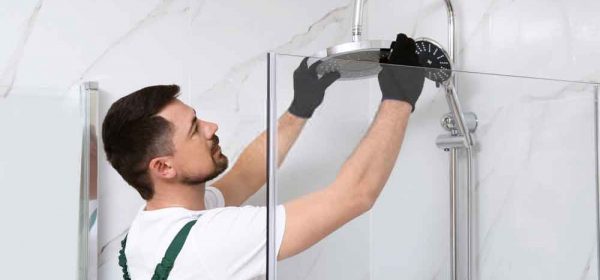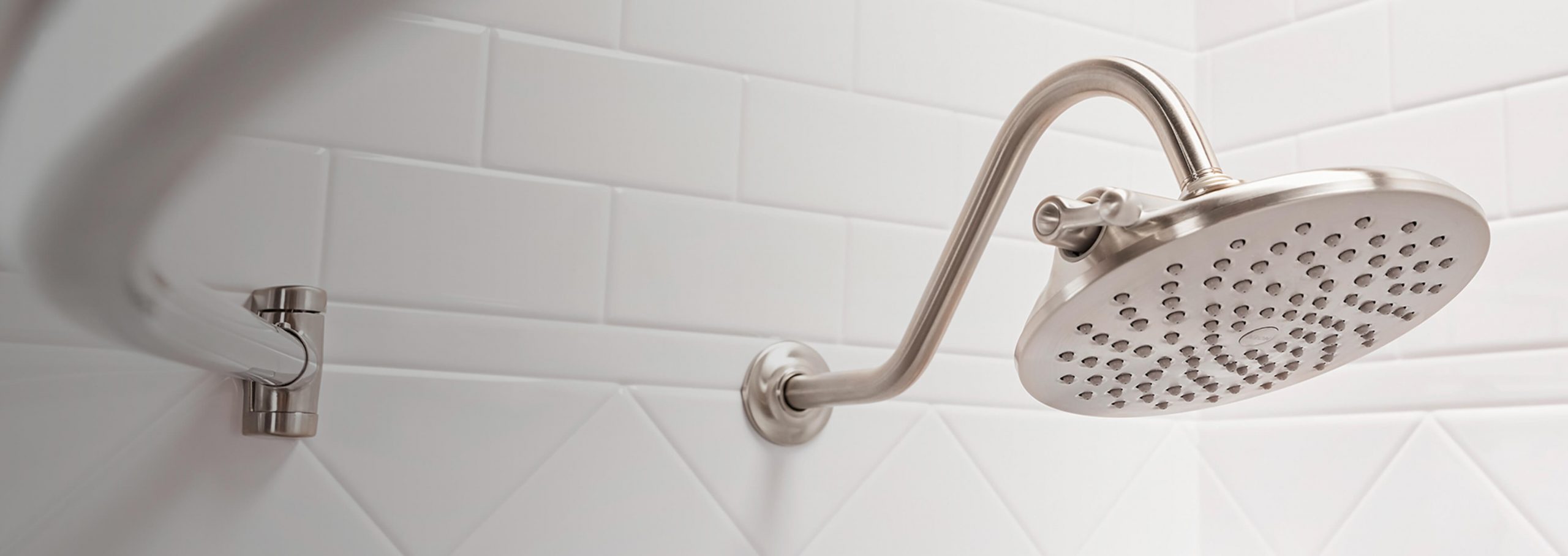5 Solutions to Acrylic Shower Room Problems
5 Solutions to Acrylic Shower Room Problems
Blog Article
{Visit My Website What're your opinions regarding Things To Look Out for Before Hiring a Plumbing Company? We recommend that you clean your acrylic bathing product made of Delta ProCrylic or Acrylic with Innovex Technology with non-abrasive soaps and cleaners, such as: When it’s time to clean, always use a terry cloth towel, soft cloth or sponge to avoid scratching the acrylic surface. Don’t use abrasive scrubbing pads, steel wool or sponges, cause permanent damage to the acrylic material. If you use a drain cleaner or clog remover, be sure to rinse thoroughly with water so no product is left standing near the drain. Some chemicals and cleaners may deteriorate acrylic surfaces, causing cracks and, potentially, property damage. To avoid this, don’t use cleaning products that state on their label that they are not suitable for use on Acrylic, ABS, Polystyrene or Plastic. Be sure to check the label of any product before you apply it to the surface; it’s easier to avoid damage than to try to remedy it. Chemicals we do not recommend using to clean acrylic showers/tubs: When you’re ready to apply sealant, a little planning goes a long way. Pick up some painter’s tape and use it to mask off the seam to help make cleaning up easier. When you’re applying the bead, use a constant, steady speed to avoid an uneven finish. Use a caulk tool or a plastic spoon to work the sealant into the joint. Wetting the tool with denatured alcohol will help create a smooth finish. Follow the directions on the back of the tube for cure time. Certain chemicals and cleaners may deteriorate acrylic surfaces, causing cracks and, potentially, property damage. After you’re finished applying it, clean up the product surface and remove any excess sealant with denatured alcohol. Don’t use solvents (turpentine, lacquer thinner, mineral spirits, paint thinner, MEK, xylene, acetone, naphtha, etc.) that can wreak havoc on an acrylic surface. With a little care and consideration, you can prevent damage to your acrylic shower or tub. Keep a supply of soft cloths handy and remove any damaging products or abrasive scrubbing items from the bathroom to ensure they aren’t around when it’s time to clean. https://www.deltafaucet.com/design-innovation/inspiredliving/how-to-clean-acrylic-shower We had been shown that write-up about Hiring a Plumbing Expert from someone on our other web blog. Sharing is nice. You never know, you could be doing someone a favor. Thanks a lot for taking the time to read it.
Acrylic baths, shower trays, and also various other acrylic bathroom ware have become much more usual in washrooms in recent times. Thanks to modern-day chemistry we now have options to enamel and also ceramic products for shower room fixtures. These consist of different polers and also plastic materials. Not as durable and stylish as enamel as well as porcelain bathrooms and also components, they are more budget friendly and serve rather much the same standard objective. These products are easy to make, shop, as well as transport as well as in the incidence of damages, they are conveniently repaired. Some typical examples of damage to acrylic washroom components include discoloration, cracks, holes, etc. Let's take a look at some of these issues as well as fast methods of fixing them.Bath Staining
With prolonged use acrylic baths comes discoloration or discoloration. While some spots can be eliminated quickly, utilizing unique chemicals, others require that the bathroom be resprayed. It is essential to note that bleach or cleaning agents do extremely little in eliminating such discoloration and also they may even intensify it. A lot of times, these cleaning representatives generate discoloration with time. Aromatherapy oils loosen the dust in some cases therefore recovering the bath to its former splendor. Cleansing and brightening also sometimes. For even more persistent spots, you will certainly require a new layer of covering. This kind of repairing will call for a professional.Chain reaction
Sometimes, individuals try to repaint the entire surface area of their acrylic bathroom by themselves either since they do not like the shade to conceal acnes. You ought to never use paint cleaner on acrylic baths. Paint eliminators do not react with the surface area of steel baths, they destroy acrylic bathrooms irreversibly.Scratched shower or bathroom surface area
Polymer restroom fixtures are not abrasion-resistant like enamel selections. Being a really soft product, acrylic scrapes can even be concealed without covering or dental filling. For these, you must look for specialist help for your bathroom fixings.Fractured Polymer Baths
The life expectancy of acrylic and also fiberglass baths is up to 15-20 years for shower frying pans as well as baths, typically. Splits in an acrylic shower tray are possibly among the most convenient problems to repair for a repair work specialist. The best part is you get to see the outcomes virtually instantly. This coincides for PVC, material, and also various other such materials. A minute crack have to be attended to on time prior to it spreads out additional bring about more extreme damage. While these can be chosen a budget plan tackily, a specialist can aid you get it made with more finesse for a cost. Quick house fixes can be finished with epoxy materials however if the result turns out inadequately, this would make the repair work extra challenging for a specialist.
Polymer baths, shower trays, as well as various other acrylic shower room ware have come to be more typical in washrooms in recent times. With prolonged usage of acrylic bathrooms comes staining or discoloration. You ought to never utilize paint remover on acrylic bathrooms. Paint eliminators do not react with the surface area of metal bathrooms, they destroy acrylic bathrooms irreversibly. The life-span of acrylic and also fiberglass bathrooms is up to 15-20 years for shower pans and also bathrooms, typically.How to clean Acrylic shower
USE THESE NON-ABRASIVE CLEANERS
DO NOT USE THESE CLEANERS
Sealant Application Tips

Free Estimates